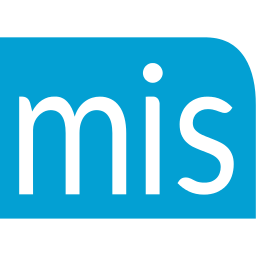
The only thing worse than getting the competitor stall at the end of your presentation (something like, “Well, we’re looking at other quotes…” etc.) is not knowing how to handle it.
In my new book: Power Phone Scripts: 500 Word-For-Word Questions, Phrases, and Conversations to Open and Close More Sales, I teach you exactly what to say in the hundreds of selling situations you get into, including this competitor situation.
If you’re looking for a great holiday present to give yourself (or your team or company!), then grab your copy (or copies) here. The below questions have been taken right from this value book:
If after you’ve presented your product or service your prospect says they want or need to check on other offers/estimates/quotes, etc., then use or adapt any of the questions below to get your prospect to open up and possibly reveal what it might take for you to win the business:
Option #1:
“I understand, which way are you leaning right now?”
Option #2:
“What would it take for someone else to win your business?”
Option #3:
“What would it honestly take for you to choose us for this?”
Option #4:
“What don’t you see with our proposal that you see in others?”
Option #5:
“Are we in the running with what else you’ve seen out there?”
[If yes]
“What about us would take us out of the running?”
OR
“What would you need to see to choose us?”
AND
“What can I do right now to insure that we win your business?”
Option #6:
“Obviously you’re going to show this quote to your current vendor – if they match the price, will you just stick with them?”
[If yes]
“What can I do to prevent that?”
Option #7:
“How many times have you taken other quotes to your current vendor?”
[If they tell you]:
“And what do they usually do?”
[If they say they lower their price to keep the business]:
“How can we break that cycle and get you the right pricing from the start?”
Option #8:
“_________, let’s take your lowest bid you have right now and compare it – services to services – to what we’re offing you. If I find you’re getting a better deal, I’ll tell you so. If I can beat it, then I’ll let you know that as well. Either way – You’ll Win! Do you have that other quote nearby or should I wait while you grab it?”
Remember, competition will always exist, but you can beat it and win business if you’re prepared with proven and effective scripts like those above. Pick your favorite ones and tailor them to your particular sale.




 I hear a lot of sales reps’ recordings, and when it comes to dealing with objections, you’d be surprised by the mistakes I hear! One of the biggest mistakes I hear is reps not even hearing their prospects out, and instead rushing in to answer what turns out not to be the real objection. This leads to other mistakes such as talking past the close and actually introducing new objections!
I hear a lot of sales reps’ recordings, and when it comes to dealing with objections, you’d be surprised by the mistakes I hear! One of the biggest mistakes I hear is reps not even hearing their prospects out, and instead rushing in to answer what turns out not to be the real objection. This leads to other mistakes such as talking past the close and actually introducing new objections! Most sales reps hate getting objections. Their hearts sink into their stomachs, their palms start to sweat, and they start wondering how they’re going to pay the rent. Sound familiar?
Most sales reps hate getting objections. Their hearts sink into their stomachs, their palms start to sweat, and they start wondering how they’re going to pay the rent. Sound familiar?
 Let’s face it — prospecting by phone is hard.
Let’s face it — prospecting by phone is hard.
 There is a secret that every top selling professional knows and leverages. It’s what enables them to consistently out perform all other struggling sales reps in their company and in their industry. And here is what it is:
There is a secret that every top selling professional knows and leverages. It’s what enables them to consistently out perform all other struggling sales reps in their company and in their industry. And here is what it is: